PCGS Variety Attribution Struggles
Hi All,
I'm running into an issue that I'm hoping more seasoned eyes can help me with. I sent a group of 9 coins in for reholder w/ variety attribution. 4 coins received the proper attribution, 5 coins PCGS says they are not the varieties I believe them to be. All of the coins I submitted have a designated PCGS # so I am at a loss for how to handle this situation and unfortunately this seems to be a reoccurring issue on my submissions. I would very much appreciate if anyone could opine on the pictures below to ensure my attributions are correct, and I'd like to ask if anyone else is dealing with this problem. I've reached out to customer service, but basically their response is when the experts say it isn't the variety the decision is final.
Thanks,
Brandon
I believe this to be 1911- D/D FS-503 (012.82) PCGS # 37661 http://www.varietyvista.com/02a LC RPMs Vol 1/1911DRPM003.htm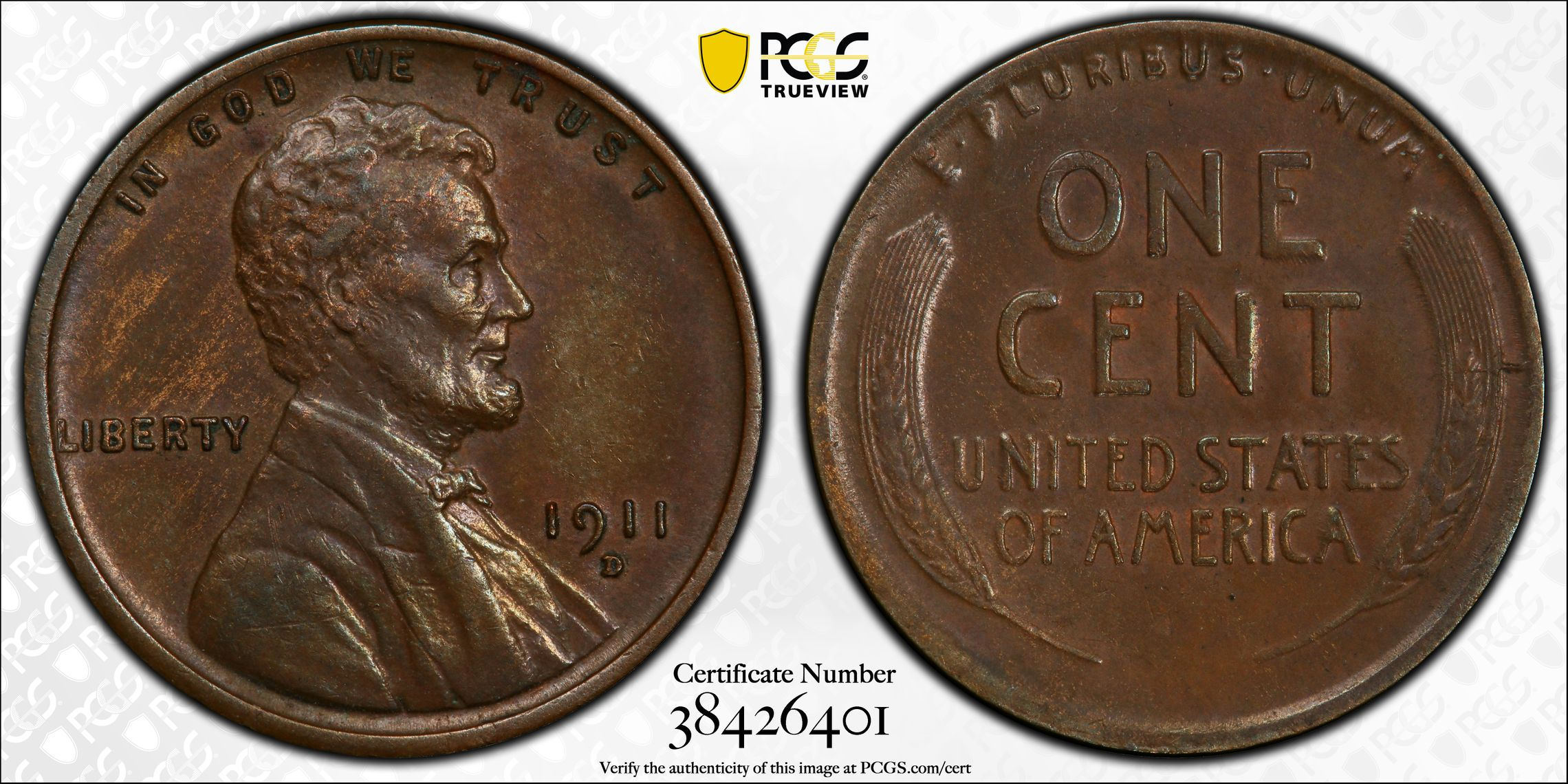
I believe this to be 1934-D/D FS-503 (013.81) PCGS #37739 http://www.varietyvista.com/02a LC RPMs Vol 1/1934DRPM003.htm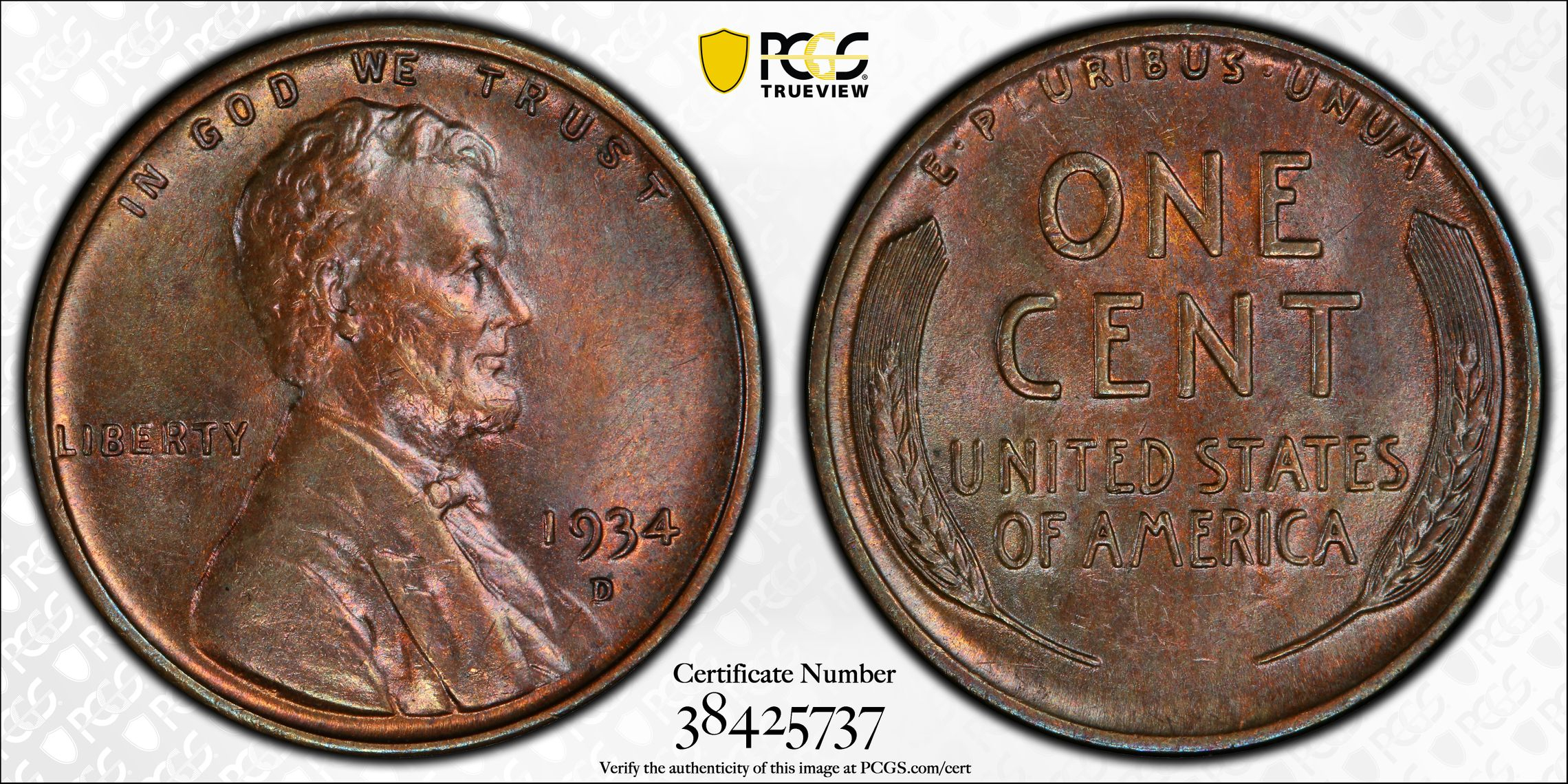
This one really baffles me, the picture PCGS took doesn't even show the front leg. I believe this to be 1927-D 3 1/2 Leg FS-901 (016.65) PCGS# 38456 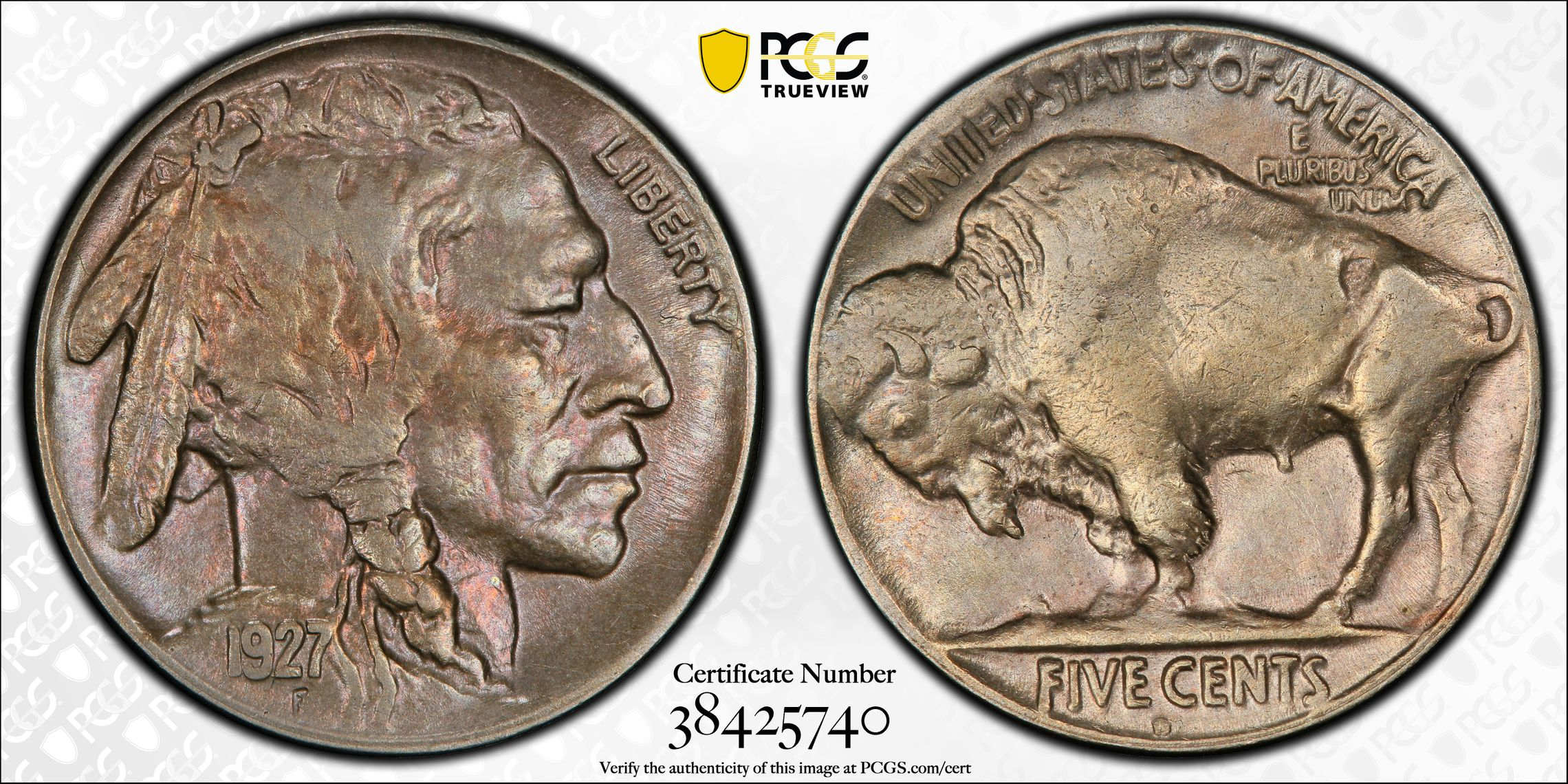
I believe this to be 1929 DDO FS-101 (016.8) PCGS #38458 http://www.varietyvista.com/03 Buffalo Nickels/1929PDDO001.htm
I believe this to be 1930 DDR FS-803 (017.4) PCGS #38461 http://www.varietyvista.com/03 Buffalo Nickels/1930PDDR003.htm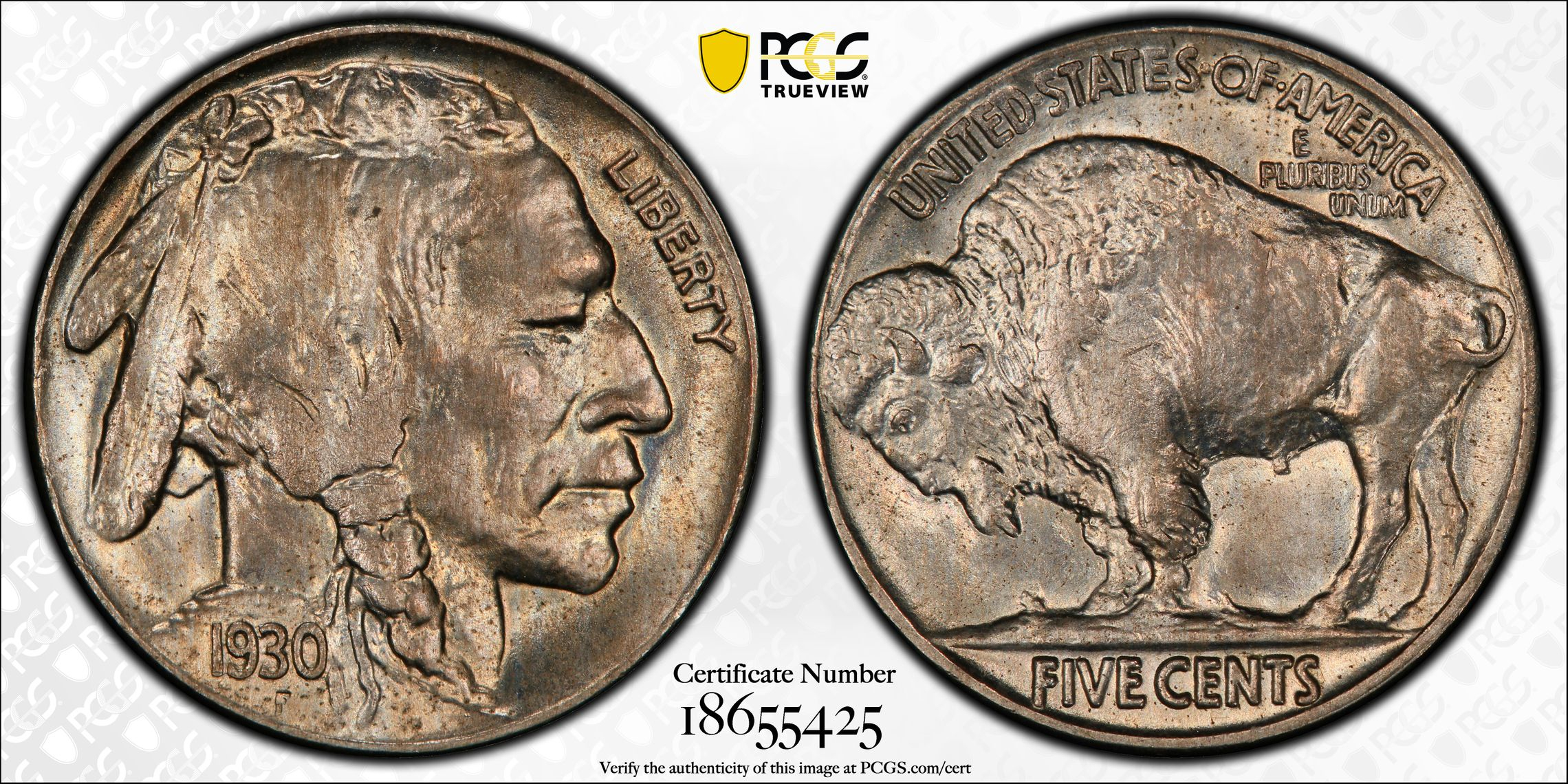
Comments
This is a very interesting exercise. Thank you for sharing.
All comments reflect the opinion of the author, even when irrefutably accurate.
Agree with your assessments and I've run into this issue myself before a number of times. Don't think you're alone. Seems to happen a lot on VAMs as well. Sucks because you pay for the service either way of course...
Please let me know how it ends up getting resolved if so.
The links have an extra ")" on the end that is part of the hyperlink and prevent clicking through.
All comments reflect the opinion of the author, even when irrefutably accurate.
The 1930 Buff looks like it has doubling but the doubling doesn' t match the variety vista photo. The VV coin is a lower grade and that may be part of it, but it appears to have more pronounced doubling at the top of the "P" and actually less noticeable doubling of the "L". Is there a different variety that matches better?
The 1929 Buff does not line up with the VV coin. It is most noticeable in the first 9 in the date. The VV coin has the doubling to the South while your coin shows what might be MD to the north and east.
All comments reflect the opinion of the author, even when irrefutably accurate.
The 1934-D is not the FS-503 which has a much more pronounced separation of the underlying D's. I don't know if it is a different variety. From the True view, that could just as easily be a die chip.
For the 1911-D, I really don't see anything. The underlying D is supposed to be inside the "D". It's not clear from the photo and their appears to be a little hit on the bottom of the D which is either hiding the underlying D or maybe tricking you into thinking there is an underlying D.
All comments reflect the opinion of the author, even when irrefutably accurate.
Here's a close up shot of, sorry for the poor quality.
1911-D
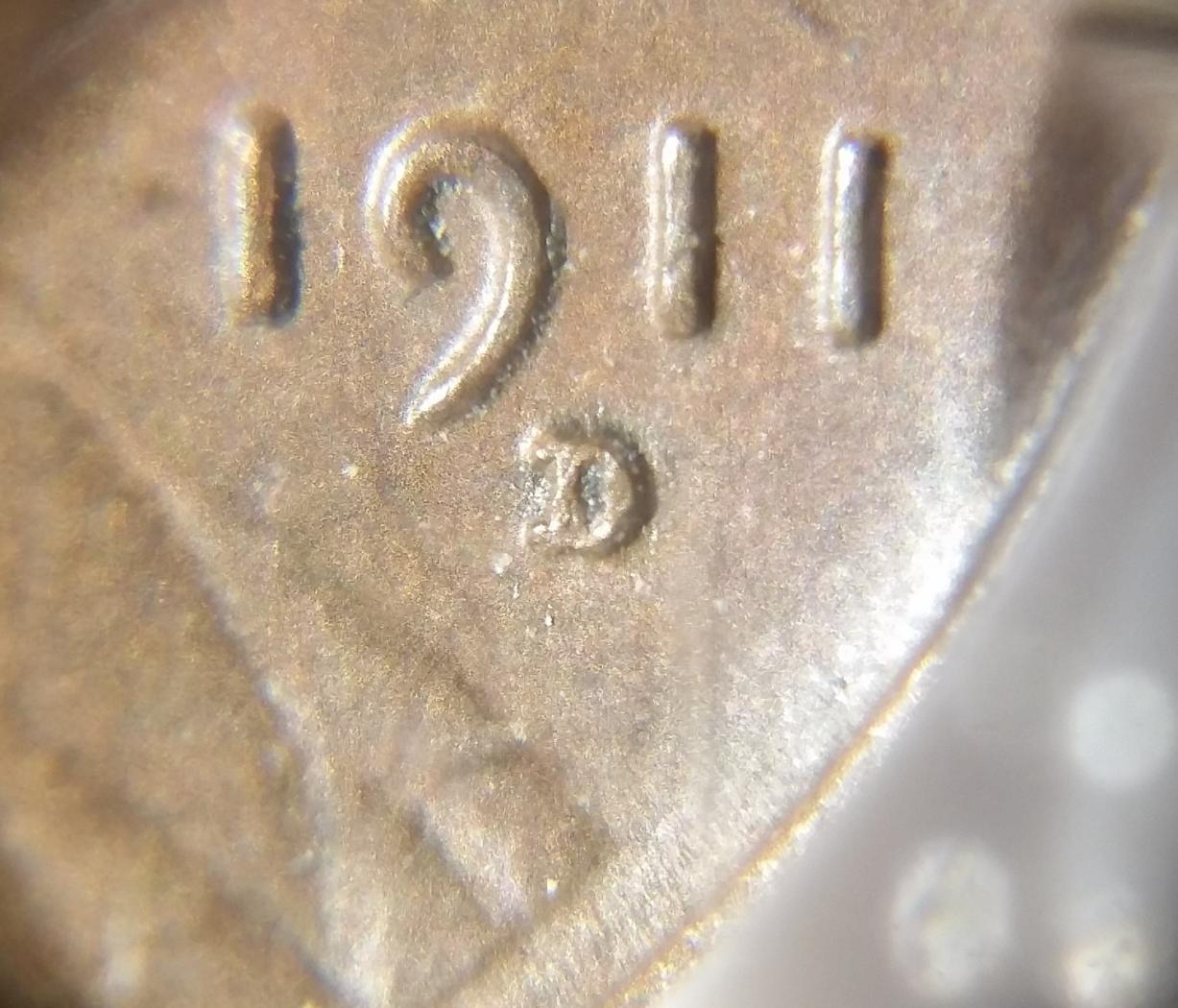
1934-D
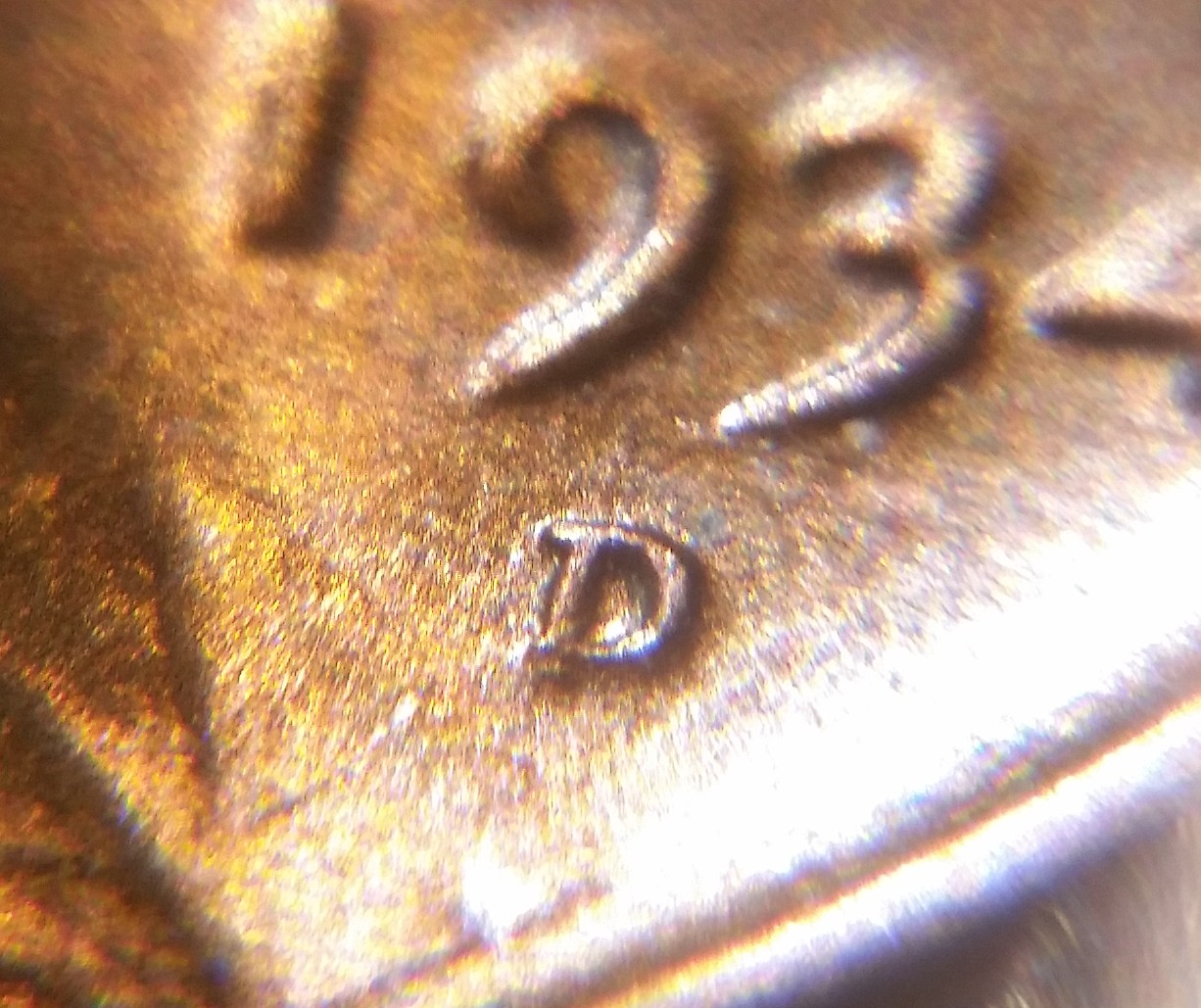
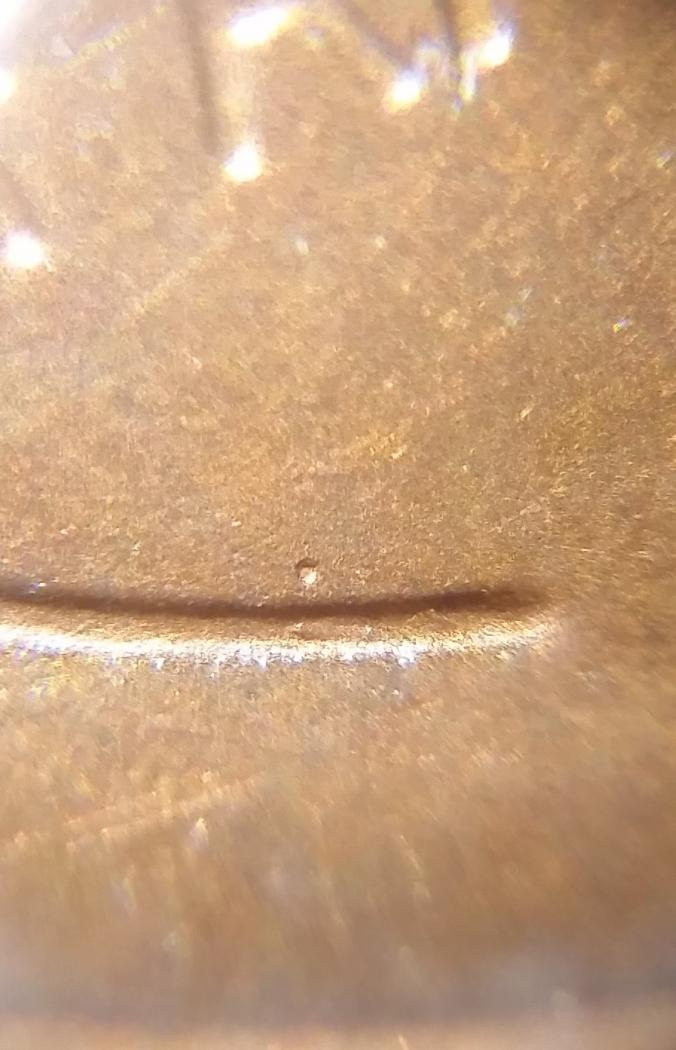
When I get the coins back I'll take some closer shots of the 1929. I see your point on the 1930 I think it may be http://www.varietyvista.com/03 Buffalo Nickels/1930PDDR004.htm instead of the FS-503, thanks for pointing that out!
Yes the FS-504 looks spot on
All comments reflect the opinion of the author, even when irrefutably accurate.
Thank you for your post, it's a frustrating and costly experience. I love that they have this service, but there seems to be a significant disconnect that I feel needs to be addressed. Some of the coins posted here have been submitted multiple times, and I'm happy to admit where I am wrong, but I believe my attributions are generally accurate. Let's take the 1911-D/D FS-503. I've submitted this coin 3 times, what am I missing here? Comparing mine against the known examples I have the same mintmark position, tilted RPM, die crack on the reverse indicated a stage C of this variety. I feel like I'm either completely missing something here or PCGS got it wrong. Thanks for all your help!
My Coin
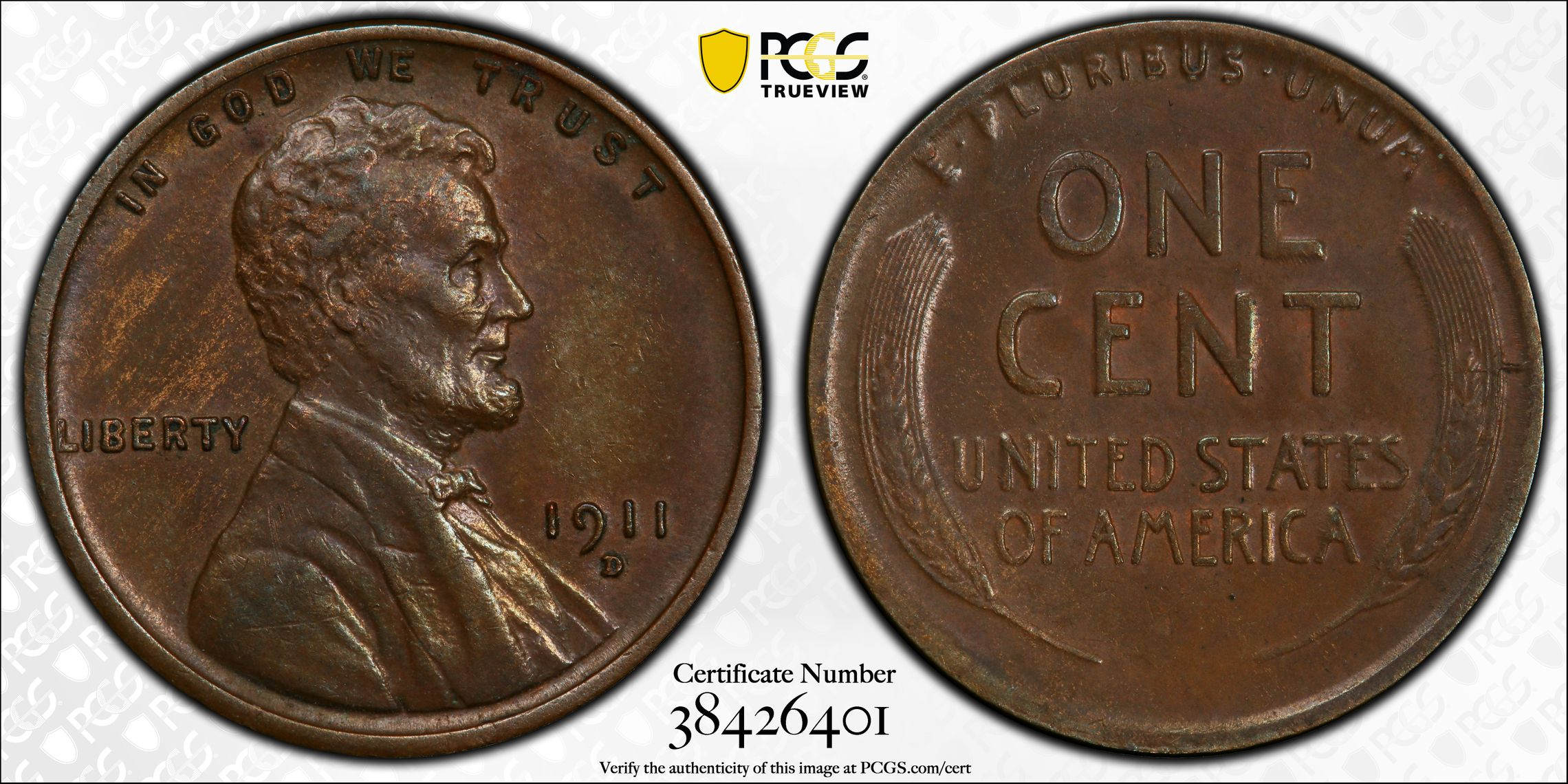
PCGS Photograde

Variety Vista Stage C
http://www.varietyvista.com/02a LC RPMs Vol 1/1911DRPM003.htm
I think they are right about the 1911D. I don't really see the RPM in the mintmark. And your due crack is straighter than either the PCGS coin or the VV coin.
All comments reflect the opinion of the author, even when irrefutably accurate.
Sorry again for the poor quality of pictures, but here's a close up of the MM and the die crack.
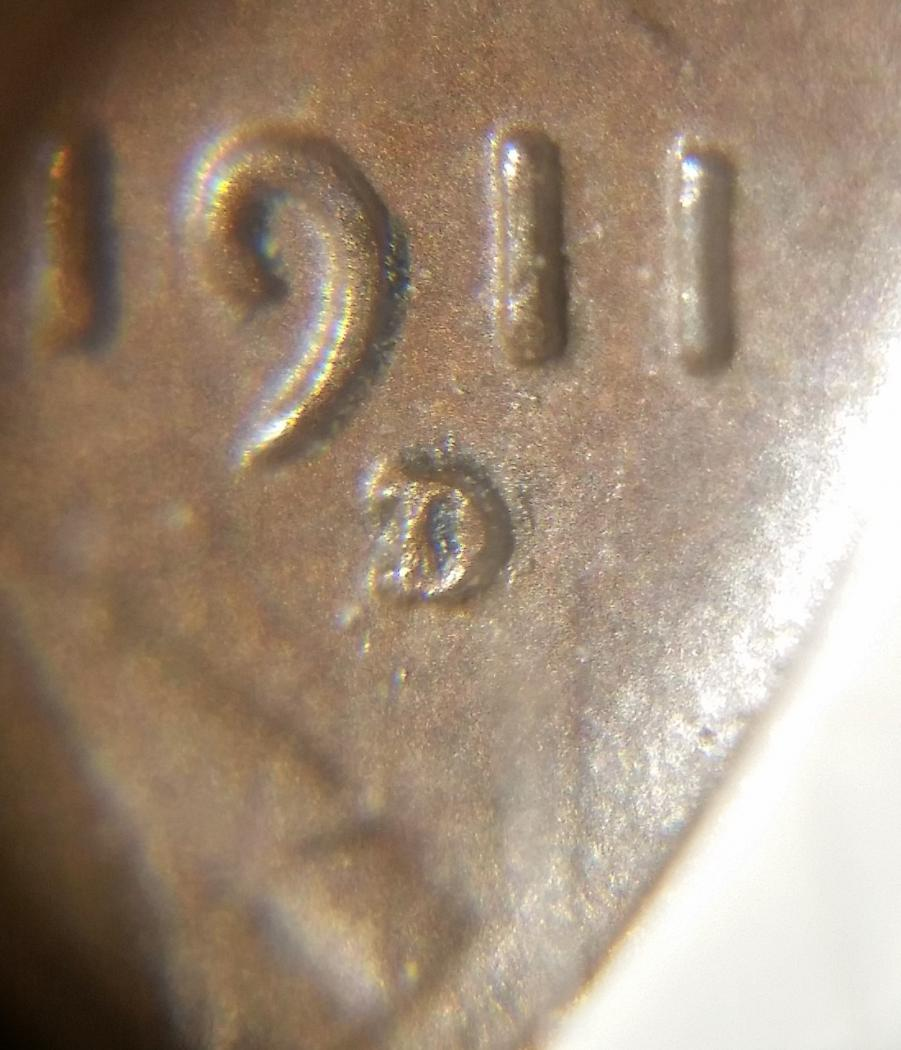
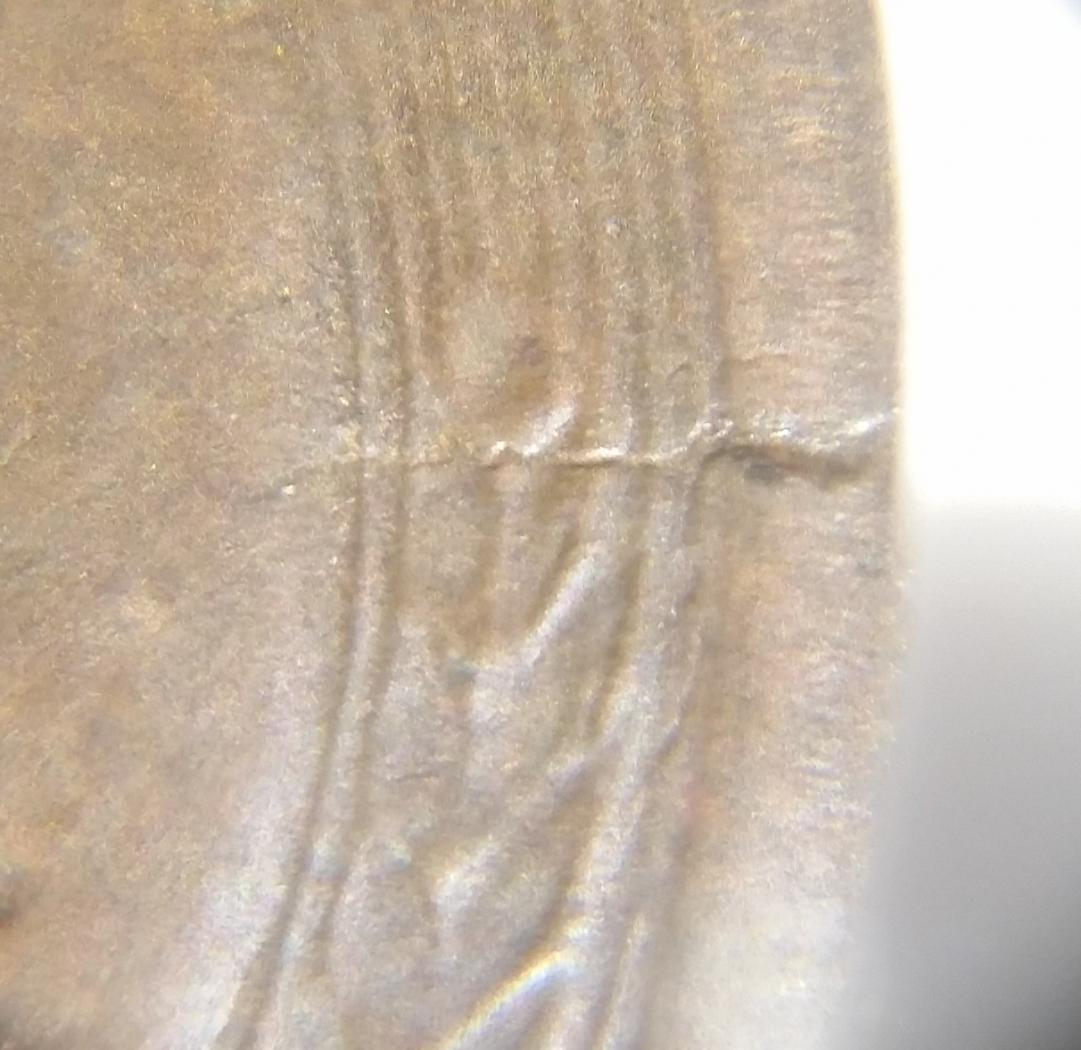

I'm leaning toward the 11-D being correct for FS-503. Do you also have the radial die crack at 8:00 on the reverse? The 34-D could be Stage B on VV. The mint mark is in the right place and I see the extra bit of D at the bottom of the D. Is the scratch in the C of CENT present? The 29 5c looks like a maybe, but I'd have to see the coin.
The 3 1/2 leg stuff is always iffy, since the strength of the front leg tends to vary a lot and the pictures in the CPG aren't the best. Even the name, "3 1/2 leg," implies that there's a big gray area in play. There can also be several dies that fit the bill here, all of which could be in different parts of this gray area. I would seek an opinion from Ron Pope on these, since he apparently wrote the book on these.
If you aren't doing the attribution for a registry set, my service might be of use to you. If you are doing it for a registry set, my service might be of persuasive use to you in getting PCGS to add the variety. I believe this approach has worked for VAMs in the past.
Keeper of the VAM Catalog • Professional Coin Imaging • Prime Number Set • World Coins in Early America • British Trade Dollars • Variety Attribution
I very much appreciate the offer, but I have to ask why is it necessary? I've paid for this service through PCGS, and while I recognize there are multiple series and attributions to keep track of, the fact that I need to persuade them I feel speaks to the problem at hand. If I'm wrong with my attribution I take full responsibility, but I believe these pieces were submitted accurately (except the 1930 5C).
With these pics, I see no problem with the 1911 D. In my opinion it is a match both "D" and die crack.
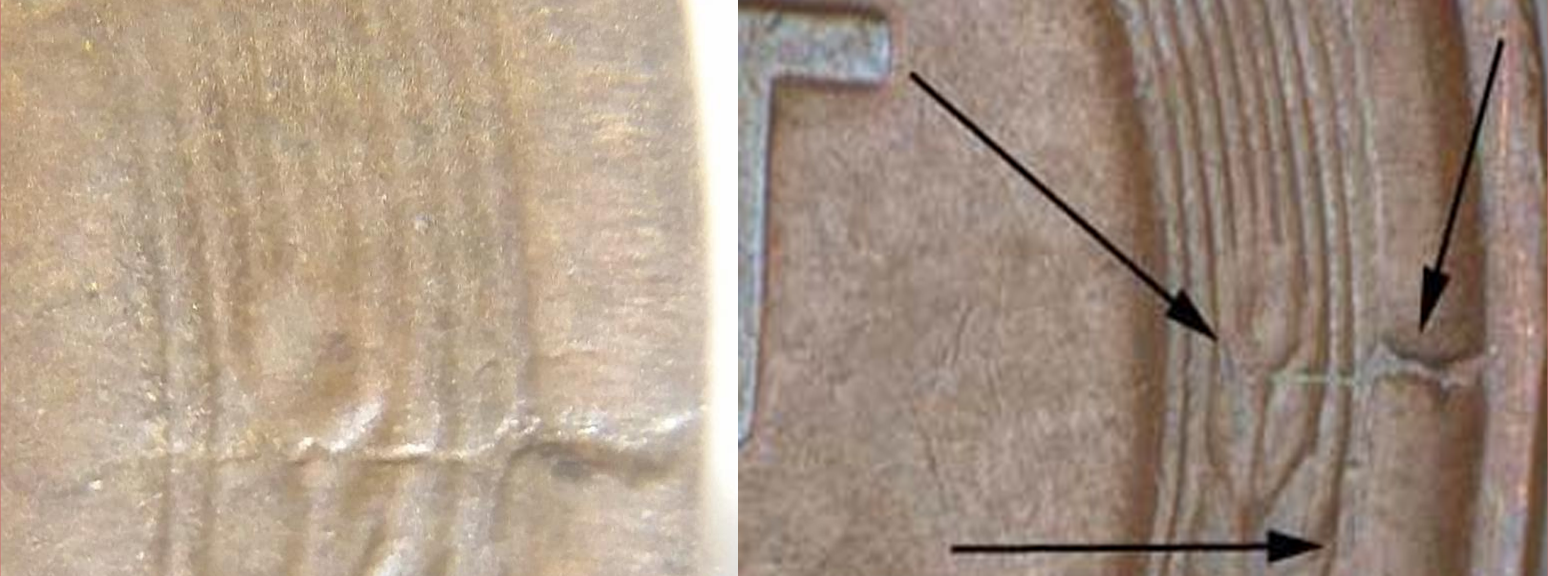
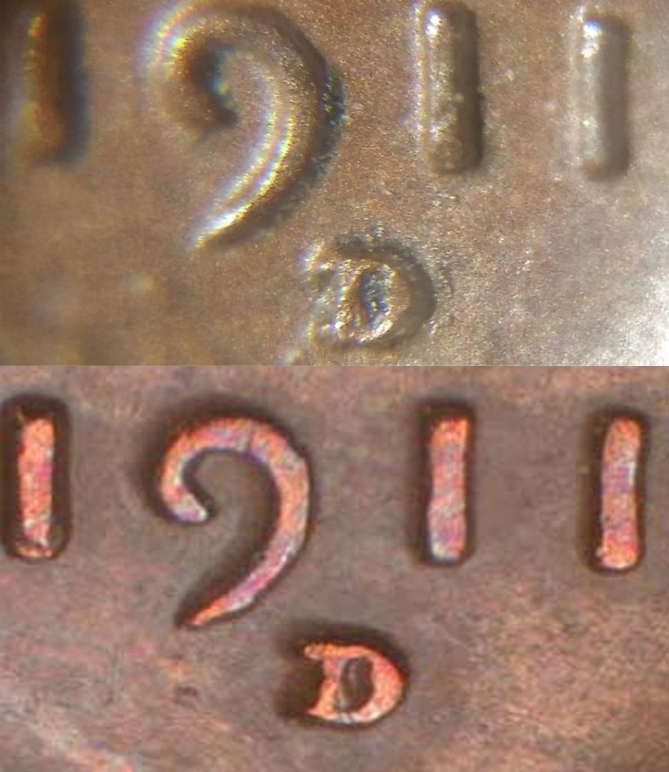
Let us know how this proceeds and what measures you took whether successful or not.
Jim
When a man who is honestly mistaken hears the truth, he will either quit being mistaken or cease to be honest....Abraham Lincoln
Patriotism is supporting your country all the time, and your government when it deserves it.....Mark Twain
Unfortunately my efforts have not yielded positive results. In the case of the 1911-D/D FS-503. I've submitted this coin three times to PCGS for proper attribution. On the second and third submissions I included the variety vista die stage and markers, both attempts were unsuccessful. All three times I contacted customer service immediately after the grades posted stating that they didn't attribute the coin, and that I'd like the coin to be reviewed again. I received the same response each time that once the PCGS specialist reviews the coin and determines that it is not a variety the decision is final and to resubmit again for an additional consideration. It's very frustrating, costly, time consuming and likely the last time I'll be using this service. All other aspects of PCGS I love, but I believe there's some serious flaws in this service that need to be worked out.
Thanks,
Brandon
Brandon,
Would it be possible to write for a description from the actual specialist the reason for rejection, I have never done this, but it might be possible. I can understand being rejected once, but not 3 times. These are awfully well trained individual graders/specialists, so there may be another diagnostic we are missing. BTW does yours have the 2nd die crack on the left reverse side? If not, that may be the reason. I'm just guessing. Hopefully, you will get it straightened out.
Jim
When a man who is honestly mistaken hears the truth, he will either quit being mistaken or cease to be honest....Abraham Lincoln
Patriotism is supporting your country all the time, and your government when it deserves it.....Mark Twain
That looks more like 503, at least the die crack does.
All comments reflect the opinion of the author, even when irrefutably accurate.
@jmlanzaf
Yes, that is what the op said it was, an FS-503 as are the VV references. I agree.
Jim
When a man who is honestly mistaken hears the truth, he will either quit being mistaken or cease to be honest....Abraham Lincoln
Patriotism is supporting your country all the time, and your government when it deserves it.....Mark Twain
I unfortunately don't have a closeup of the left wheat and the coin is being shipped back to me this week. I will photograph once received. To your point though, I submitted another 1911-D/D FS-503 raw, pictured below, and it did receive the attribution https://www.pcgs.com/cert/42498529. Comparing both the unattributed and attributed examples I have submitted against the referenced picture from VV here's what I see. The unattributed piece does not have the die crack on the left wheat, the attributed has a small portion of the die crack extending to the left wheat, and the VV has the die crack extending all the way to the left wheat. What are your thoughts on this? Are we seeing the progression of the die or do I have an undiscovered RPM?
Please post a photo of the left reverse wheat and rim when you get the coin returned. Then we may be able to get some truly professional help from the forum.
Jim
When a man who is honestly mistaken hears the truth, he will either quit being mistaken or cease to be honest....Abraham Lincoln
Patriotism is supporting your country all the time, and your government when it deserves it.....Mark Twain
It seems like you're observing a die stage progression, and if your coin doesn't have the crack on the left, it fits between stages B and C as described on VV.
PCGS may not be considering information on VV at all for some reason. If I look at what the CPG says about this coin, it only mentions the mint mark and is silent about the reverse. The crud inside the mint mark might be what is preventing them from seeing the mint mark to their satisfaction. While the stage between B and C pretty much seals the deal, if they're not looking at the reverse, it won't help you at all.
Keeper of the VAM Catalog • Professional Coin Imaging • Prime Number Set • World Coins in Early America • British Trade Dollars • Variety Attribution
The beauty of TrueView's is you download the "max" image and see any details. For starters, I looked at your 1929. PCGS has not graded one, so I could not see what the ones graded looked like. Not convinced this isn't machine doubling given the face which shows doubling to the right (which is not mentioned in either the CP guide or the VV page)
I submitted the first 503 example and received the designation. At the time, it was a pop 1 with no others attributed. It was a vf20 IIRC. FWIW, yours looks good and I see no reason they shouldn't attribute it. Before resubmittal, I would clean the gunk out of the middle of the D and around the D with a thorn. Might give them a clearer picture. I doubt they study it more than a few seconds.
I've had this problem before. Fortunately for me, there was a show nearby where PCGS was grading. I took my coin to the PCGS table and explained the variety I thought PCGS missed. The PCGS rep looked at the coin and agreed to resubmit at no cost to me. The coin came back properly attributed.
Although I was unhappy that PCGS missed it at first, I was happy with how they handled it after that.
Complete Set of Chopmarked Trade Dollars
Carson City Silver Dollars Complete 1870-1893http://www.pcgs.com/setregistry/showcase.aspx?sc=2722"
Hi David,
That's a good suggestion though I may not have the availability to do this. It definitely would have been nice to talk to the specialists directly at the point they were reviewing my submission to clear up any doubts they may have had.
The '27-D 5c is the 3 1/2 legged variety. Because of problems I've noticed with attribution, both non-attribution and attribution of coins that were not the variety in the past I sent a free copy of my book concerning the abraded die varieties to Steve Feltner and have never even received the courtesy that it was received, let alone any synopsis of the book. When I mentioned that I would send a copy free of charge I was told to go ahead and send it.
Never again.
i would have gone through all your coins but others have already. yay
in the future, it isn't against any protocol to send pictures and links to information that may assist them. (i didn't read the whole thread)
that would be one of the few jobs i'd love to do at pcgs, even fielding all the troubleshooting issues and inquiries related to varieties. i'm sure this area keeps em hopping and there are a lot of tough calls.
!927-D is the 3HL, no doubt at all.
I have had to correct PCGS on varieties a few times. It's frustrating.
Then we have this situation of a Top Pop coin getting a variety attribution when it IS NOT the variety: https://forums.collectors.com/discussion/1059186/im-so-confused-variety-people-tell-me-your-thoughts
Looking for Top Pop Mercury Dime Varieties & High Grade Mercury Dime Toners.
You got this marker from Wexlers site - so its definitely RPM 3. Send it back to them. Even the upper Die Dot shows up.
Hi All,
I want to thank everyone for their insight, knowledge and verification of these coins. I have to reiterate though that I've sent these two-three times each. I think my only play at this point is to email customer service with the trueviews and reference guides to see if they can change their reviewers opinion on these pieces. I'm considering what messydesk recommended and submitting them with additional paperwork, but at this point I'd rather be the squeaky wheel. This is an offered service with an additional cost for the submission, and while mistakes happen, I don't believe that is what is happening here. I feel the coins are being reviewed and determined not to be variety I am submitting them under, yet as discussed here they are in fact exactly the die varieties I believe them to be (excluding 1929 and 1930 for now until I can get some more closeup pictures for everyone). So where is the gap occurring, lack of resources, staffing, out of date reference guides? I honestly don't know, but this doesn't appear to be an isolated incident. This is very concerning to me and should be to all who dabble in the variety world.
Thanks,
Brandon
I can't help with your coins but have dealt with the PCGS process a bit when it comes to Varieties. I have noted a reluctance to attribute Varieties such as OVM, RPD and the like when the money aspect is faint to worn away and the coin is identified by die diagnostics (such as MM location, breaks or chips) they may or may not be familiar with. Coins such as the 1875 s/cc trade dollar where the C is hard to see can be quite a challenge to get in a holder sometimes even with obvious unique MM and die cracks
11.5$ Southern Dollars, The little “Big Easy” set
Good Morning,
Receiving the coins last night so I'm sharing some additional pictures of the pick up points as requested, and as always thank you for your time!
1911-D/D FS-503 Left Wheat, No Die Crack. I don't think this should disqualify this coin from attribution. IMO this only indicates either a late stage B or early stage C.
1929 DDO FS-101. I can understand thinking this is MD, but to me this matches the reference guides exactly. Are there other known die markers that I can identify for verification purposes. The reference guides online don't mention any other than the doubling itself.
1930 DDR-004, well I can see the hesitation in attributing this one! I did initially attribute this as FS-803, but now looking at the pictures the vertical bar on the L does match better to DDR-004 http://www.varietyvista.com/03 Buffalo Nickels/1930PDDR004.htm. PCGS did mark this as a DDR Minor Variety on the label so I'm leaving it alone.
Definite machine doubling on the '29. I can see how you'd be fooled with that one.
Wow you're absolutely correct on the '29. It's shelf doubling not a true doubled die. It looks exactly like the the reference guide, and I feel like a fool. My point still remains on the 11-d, 34-d and 27-d 3 1/2 leg.
I just found it on the NNP. I added it to the variety attribution resources page on my website.
Keeper of the VAM Catalog • Professional Coin Imaging • Prime Number Set • World Coins in Early America • British Trade Dollars • Variety Attribution
I think most of us that are true variety collectors have run into a problem once or twice. I have also seen another member argue with pcgs for months and than posted a picture here that showed he was wrong and pcgs was right. So I have learned not to get upset and just try to get the documents in order and try again.
In my case they did finally pay the fees I paid in the beginning but it was the longest variety journey I have have been on. I miss sending coins to J.T. Stanton as he always seemed to help the variety guys out. Good luck.
https://forums.collectors.com/discussion/948781/11-000-miles-8-months-and-a-letter-from-jt-stanton-update#latest
I used to be famous now I just collect coins.
Link to My Registry Set.
https://pcgs.com/setregistry/quarters/washington-quarters-specialty-sets/washington-quarters-complete-variety-set-circulation-strikes-1932-1964/publishedset/78469
Varieties Are The Spice Of LIFE and Thanks to Those who teach us what to search For.
No need to feel that way. Lots of people would be mistaken on that coin.
From a distance, the little tick on the lower left of the 2 makes the corner look notched as it would appear on the DDO. This is a deceptive one for sure.
Keeper of the VAM Catalog • Professional Coin Imaging • Prime Number Set • World Coins in Early America • British Trade Dollars • Variety Attribution
one problem is the reference books and materials are not always correct, adding to the confusion
I was at a show yesterday and a couple of prominent dealers had complaints about PCGS variety attribution and I was NOT the one that brought up the topic! The problem is clearly growing and seems wide spread from what I can tell. Some coins that should easily get attribution don't and then some coins that should not get attribution do. This is spanning multiple series so it is in no way isolated. There was a guy named Mike?...can't recall his name now, anyway, he retired or left PCGS a few years back and things have not been the same since. The previous employee would genuinely be receptive of information but now it seems to be done by committee and there might not be a designated person/people to properly attribute varieties. We seem to be in the position of having to do the research, provide photos, pick up points, reference books, websites, other professionals, point them to coin facts images and sometimes that is still not enough. I also heard a rumor about a Zerbe find that has all the pickup points not getting blessed. People having these problems continue to hear that all of the PCGS EXPERTS have made such and such assessment and it's done. But if the assessment is wrong, what do we do? It is pretty common that we are actually the experts that specialize in a specific series and submit coins for attribution. I have talked to people that have provided advice to the Cherrypickers' Guide or written other books and their coins get returned incorrectly. People with decades of experience get their coins returned back to them as if they started collecting yesterday. Calls to customer service are frequently unproductive because "The Experts" made the call. Submitting the coins multiple times sometimes resolves the issue but other times it does not and is cost prohibitive.
Looking for Top Pop Mercury Dime Varieties & High Grade Mercury Dime Toners.
There's definitely a problem, especially when they won't use or even acknowledge competent variety guides that are sent to them. Most specialized material is perfectly correct by authors who know what they're doing.
No grading service is perfect, I have seen coins from NGC, ANACS, and PCGS that have been mis – attributed.
PCGS is the only company that stands behind their attributions with their wallets. There has been twice that I purchased PCGS slabbed coins that were mis – attributed and both times PCGS made me whole. Once was before Mike Faraone retired, I sent the coins to James Wiles for attribution and then to Mike along with Wiles’ notes. The second time was After Mike retired but I still sent the coins to Wiles first and then to PCGS along with Wiles’ notes.
I also have sent raw varieties into PCGS to get the Cherrypickers’ FS numbers and some of them came back with the “Minor Variety” label. Those coins that I know were varieties recognized with an FS number, I sent to James Wiles and then back to PCGS along with Wiles’ notes. Beside reexamining the coin, PCGS has even reimbursed me for my postage when these coins were sent back to have the correct.
I was given this coin from a family member who's father had passed some time ago. Maybe this will help ?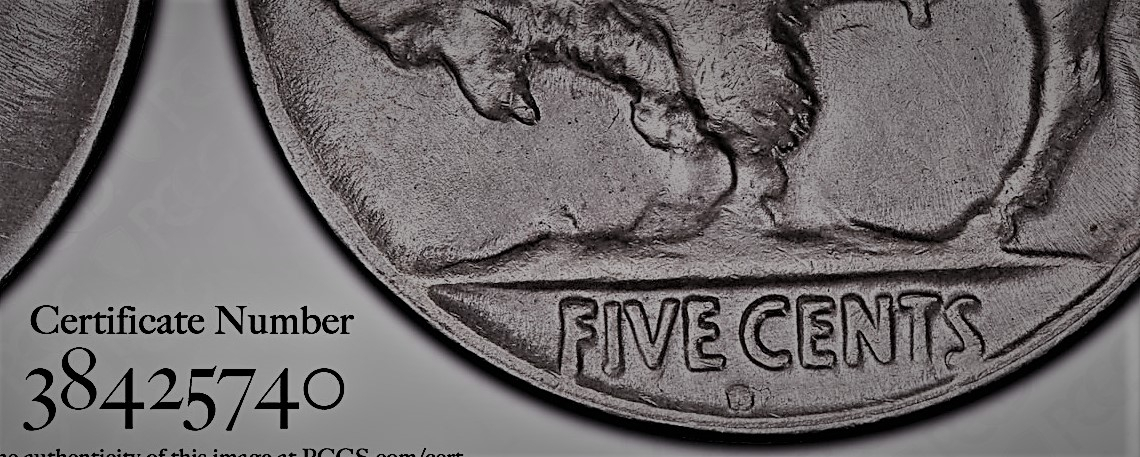
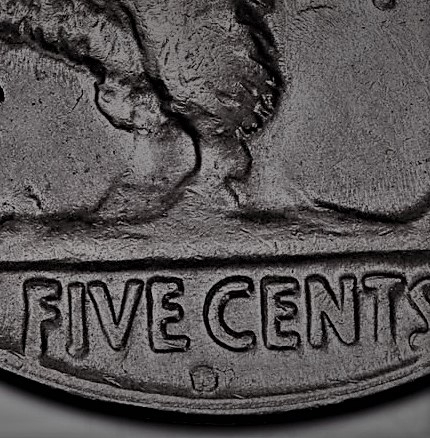
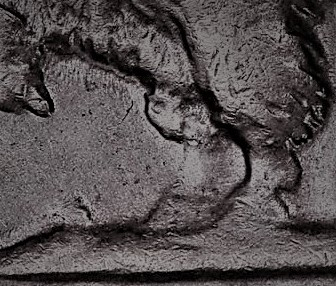
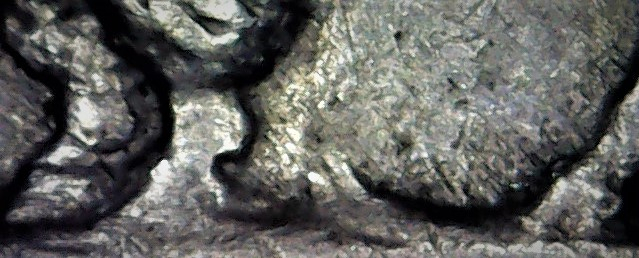
3 are from your photo as incased.
1 could be what your looking for. This photo is of one given to me
Given
The last one is not the 3 1/2 legged variety.
I have had problems with variety attribution on buffalo nickels as well.
they simple don't look very hard or they totally miss it.
1927-s DDO-1 , I will post pics tomorrow if i can remember how.
It used to be much worse across the street. But I don't know how variety attribution is over there as I haven't used 'em for 20 years due to mis-attribution.
Wow. Lots of reasonable people and great, level-headed discussion in this thread. When people can admit that they’re wrong, the value of their future opinions goes WAY up in my book.
Here is pic of one of the 1927-S , That I believe to be DDO-01.
Its lower grade , VF30 .
Maybe its because I have been looking for one so long the pick up points just pop out for me.
Someone who doesn't know this variety it may not stick out.
Notched 2 and 7 look like a match to FS-101 to me.
Keeper of the VAM Catalog • Professional Coin Imaging • Prime Number Set • World Coins in Early America • British Trade Dollars • Variety Attribution
Looks like split serifs on the (base of the) 2 and (the cross bar of the) 7 of the date to me.
BST transactions: dbldie55, jayPem, 78saen, UltraHighRelief, nibanny, liefgold, FallGuy, lkeigwin, mbogoman, Sandman70gt, keets, joeykoins, ianrussell (@GC), EagleEye, ThePennyLady, GRANDAM, Ilikecolor, Gluggo, okiedude, Voyageur, LJenkins11, fastfreddie, ms70, pursuitofliberty, ZoidMeister,Coin Finder, GotTheBug, edwardjulio, Coinnmore, Nickpatton, Namvet69,...